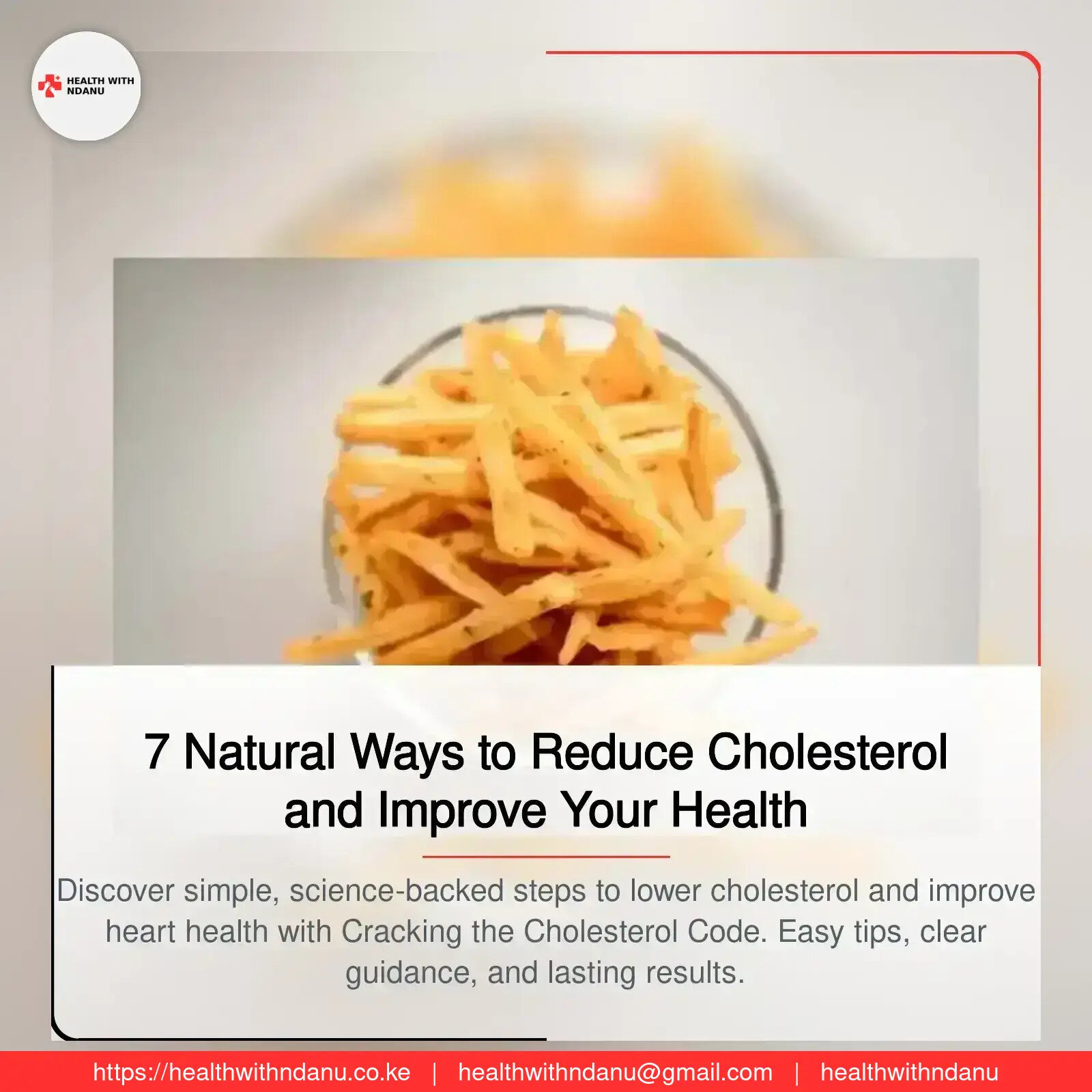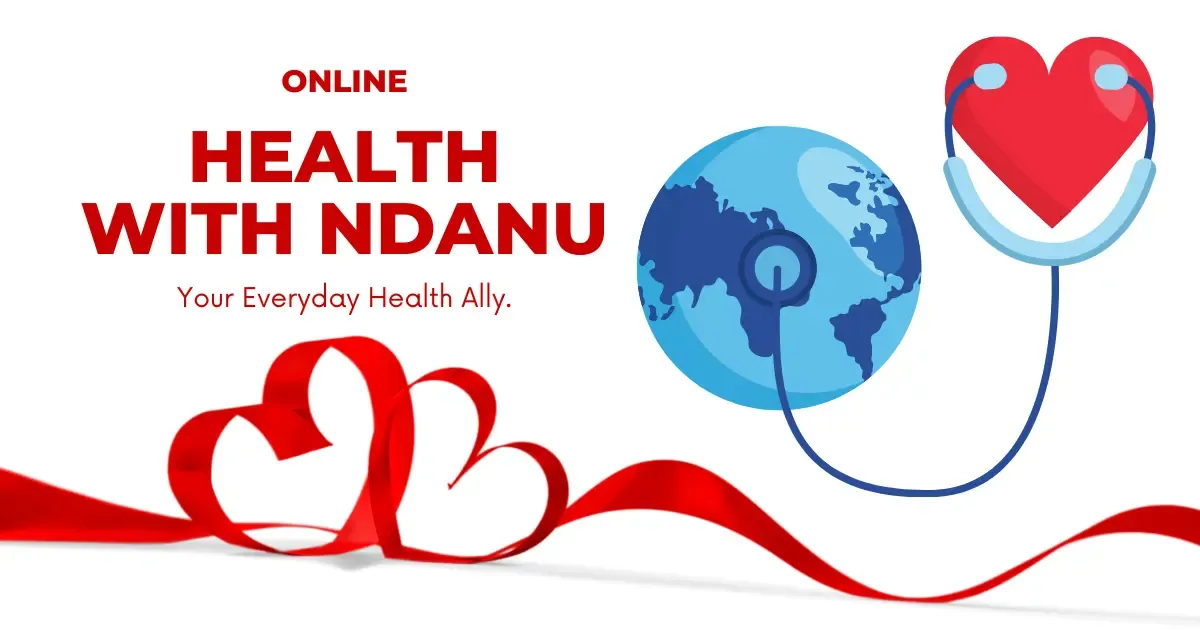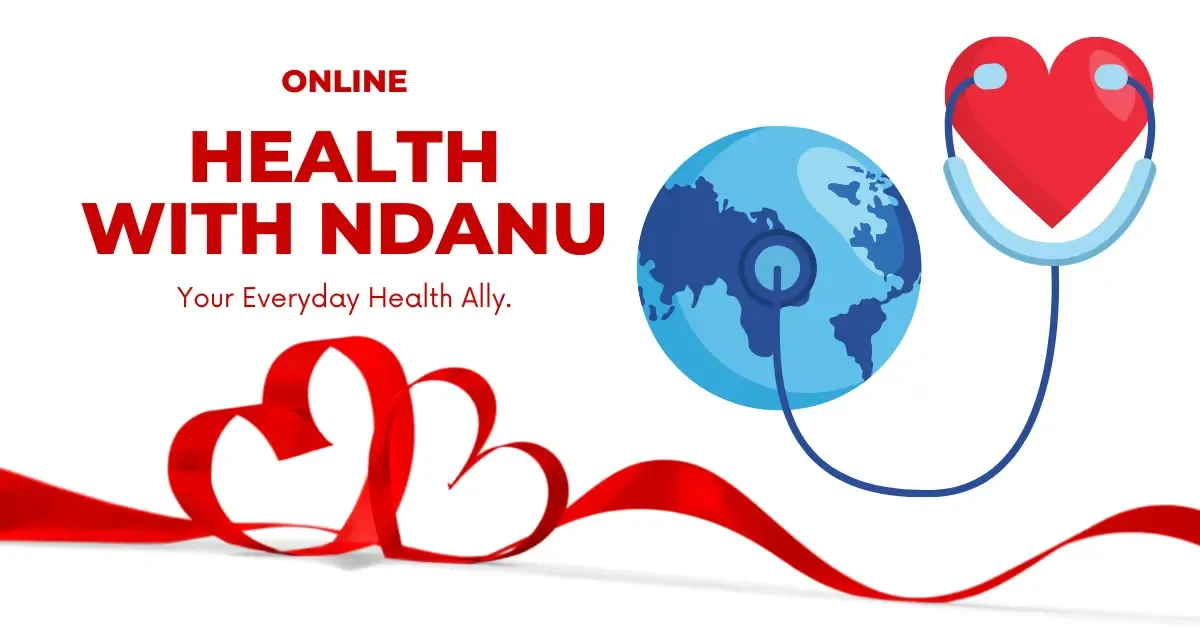7 Natural Ways to Reduce Cholesterol and Improve Your Health
- by Diana Ndanu
- 07 January, 2025
- 0 Comments
- 6 Mins



Introduction
Hey there! Let’s talk about cholesterol—a word that seems to pop up during almost every health discussion, right? If you’ve ever been told to watch your cholesterol levels, you might have felt a little overwhelmed. Don’t worry; I’m here to break it down for you in a way that’s simple and easy to follow. Together, we’ll explore what cholesterol is, why it matters, and most importantly, how to keep it in check with some practical tips.
What is Cholesterol, and Why Should You Care?
Cholesterol is a waxy, fat-like substance found in your blood. Your body actually needs cholesterol to build healthy cells, produce hormones, and aid digestion. But—here’s the kicker—too much of the wrong type of cholesterol can lead to health problems, especially heart disease.
There are two main types of cholesterol:
1. Low-Density Lipoprotein (LDL): Known as the “bad” cholesterol because it can build up in your arteries, leading to blockages.
2. High-Density Lipoprotein (HDL): Known as the “good” cholesterol because it helps remove LDL from your bloodstream.
When doctors talk about lowering cholesterol, they’re usually referring to reducing LDL levels while maintaining or increasing HDL levels.
How Do You Know Your Cholesterol Levels?
You’ll need a lipid profile test, which measures:
Total Cholesterol: The overall amount of cholesterol in your blood.
LDL Cholesterol: The bad stuff.
HDL Cholesterol: The good stuff.
Triglycerides: Another type of fat that can raise heart disease risk when elevated.
A normal cholesterol level varies, but here’s a quick guideline:
Total cholesterol: Less than 200 mg/dL
LDL cholesterol: Less than 100 mg/dL
HDL cholesterol: 60 mg/dL or higher
Why High Cholesterol is a Problem
When LDL cholesterol builds up in your arteries, it forms plaques that narrow your blood vessels. This condition, called atherosclerosis, can lead to:
- Heart attack
- Stroke
- Peripheral artery disease
Now that we know why it’s important to manage cholesterol, let’s dive into some practical, real-life tips to lower it naturally.
1. Eat Heart-Healthy Foods
Your diet plays a huge role in managing cholesterol. Here are some foods that can help:
Increase Soluble Fiber
Foods high in soluble fiber bind to cholesterol in your digestive system, preventing it from entering your bloodstream.
- Oats
- Barley
- Beans
- Fruits like apples, oranges, and pears
Add Healthy Fats
Not all fats are bad! Replace saturated fats with healthier options like:
- Avocados
- Olive oil
- Fatty fish (like salmon, mackerel, and tuna)
Choose Whole Grains
Whole grains like brown rice, quinoa, and whole-wheat bread are rich in nutrients and fiber that can lower LDL cholesterol.
Cut Back on Trans Fats
These artificial fats found in fried foods, baked goods, and processed snacks can skyrocket your LDL levels. Always check food labels for “partially hydrogenated oils.”
2. Get Moving: Exercise Regularly
Physical activity is a game-changer for heart health. Exercise helps raise your HDL (good cholesterol) while lowering your LDL (bad cholesterol).
Here’s how you can get started:
- Aim for 150 minutes of moderate exercise per week, like brisk walking, swimming, or cycling.
- If you’re short on time, even a 10-minute walk after meals can make a difference.
- Love dancing? Put on your favorite playlist and get moving—it’s exercise, too!
3. Maintain a Healthy Weight
Being overweight, especially around your midsection, can increase your LDL and triglyceride levels while lowering HDL. The good news? Losing just 5–10% of your body weight can significantly improve cholesterol levels.
Here are some tips:
- Track your meals with a food diary or app.
- Opt for smaller portions and avoid second helpings.
- Choose water over sugary drinks.
4. Quit Smoking
If you’re a smoker, here’s another reason to quit: smoking lowers your HDL cholesterol. The sooner you stop, the quicker your body can begin to repair itself. Within:
- 20 minutes: Your heart rate and blood pressure drop.
- 1 year: Your risk of heart disease is cut in half.
5. Limit Alcohol Intake
Moderate alcohol consumption may increase HDL levels, but too much can have the opposite effect by raising triglycerides and blood pressure.
- For men: No more than 2 drinks per day.
- For women: No more than 1 drink per day.
6. Consider Supplements
Certain supplements may help manage cholesterol levels when combined with a healthy lifestyle. Always consult your doctor before starting any new supplement. Popular options include:
- Fish Oil: Rich in omega-3 fatty acids.
- Psyllium Husk: A natural fiber supplement.
- Plant Sterols and Stanols: Found in fortified foods and supplements.
7. Manage Stress
Chronic stress can contribute to unhealthy habits like overeating, smoking, or neglecting exercise—all of which can worsen cholesterol levels. Find ways to relax and recharge, such as:
- Practicing yoga or meditation.
- Taking short breaks during the day to breathe deeply.
- Spending time with loved ones or pursuing hobbies.
What About Medication?
For some people, lifestyle changes alone may not be enough to lower cholesterol levels. In these cases, doctors might prescribe medications like statins, which block the liver from producing too much cholesterol.
Other options include:
- Bile Acid Sequestrants: Help remove cholesterol from your bloodstream.
- PCSK9 Inhibitors: A newer class of medications for people with very high cholesterol.
If you’re on medication, it’s important to take it as prescribed and continue with lifestyle changes for the best results.
Living a Heart-Healthy Life
Managing cholesterol isn’t about drastic changes or depriving yourself—it’s about finding a sustainable balance that works for you. Here are some final tips:
- Meal Prep: Plan your meals ahead of time to avoid unhealthy choices.
- Find Support: Join a fitness class or cooking group to stay motivated.
- Celebrate Small Wins: Every healthy choice adds up, so give yourself credit for the progress you make.
FAQs About Cholesterol
Can young people have high cholesterol?
Yes, high cholesterol can affect people of all ages, especially if they have a family history of the condition or unhealthy lifestyle habits.
How often should I check my cholesterol?
For most adults, cholesterol should be checked every 4–6 years. If you have risk factors like obesity, diabetes, or a family history of heart disease, your doctor might recommend more frequent testing.
Are eggs bad for cholesterol?
Eggs were once thought to raise cholesterol levels, but recent studies show they’re generally safe for most people when eaten in moderation.
The Bottom Line
Managing cholesterol doesn’t have to feel like climbing a mountain. By making small, consistent changes to your diet, exercise routine, and daily habits, you can lower your LDL cholesterol, boost your HDL, and improve your overall health.
So, what’s your next step? Start by swapping that bag of chips for an apple, or take a brisk walk around your neighborhood. Your heart will thank you, and so will your future self!
Have your own tips or experiences with lowering cholesterol? Share them in the comments below—I’d love to hear from you!
Got Your Own Experience? Share with us
Kategoria Maarufu
Blogu Zinazotembelewa Zaidi
Daily Newsletter
Get all the top stories from Blogs to keep track.



